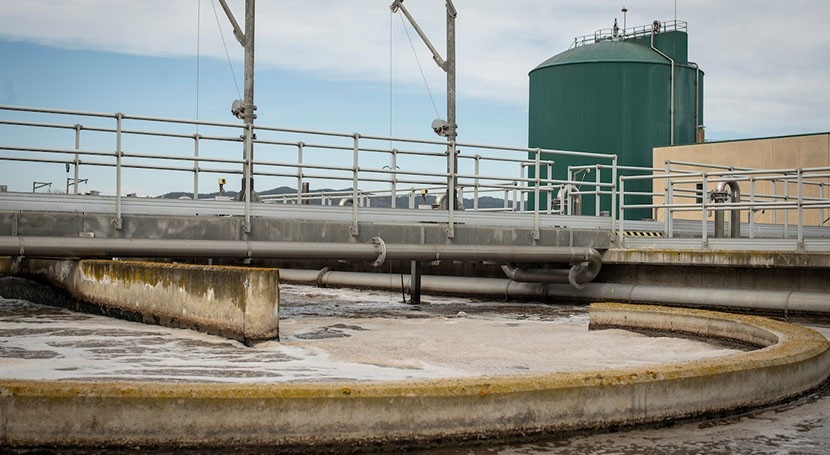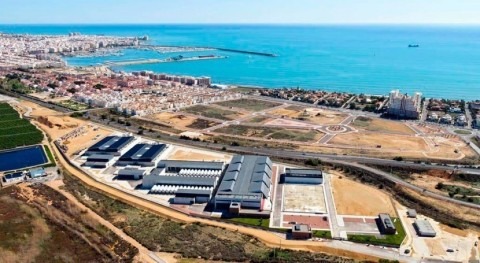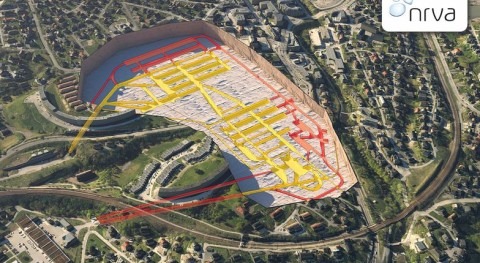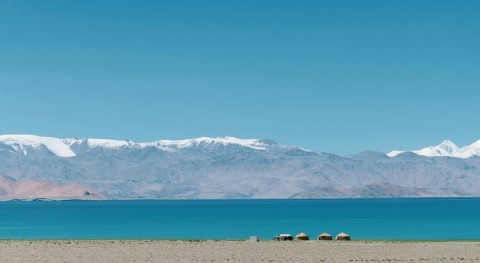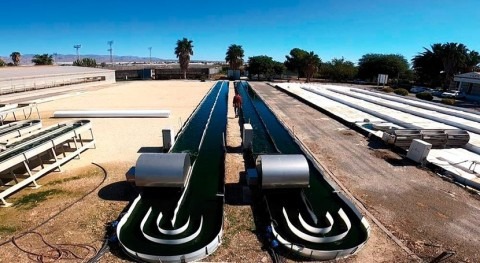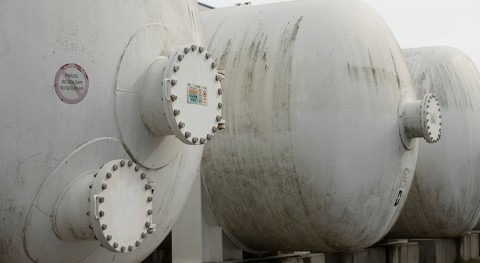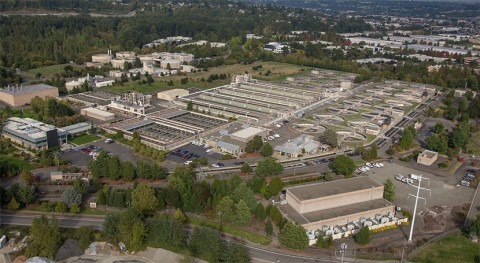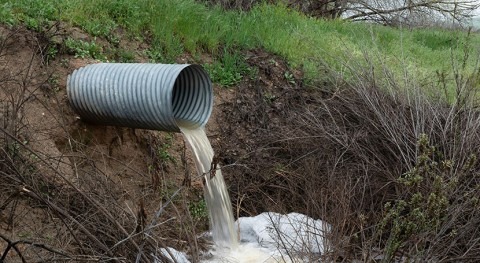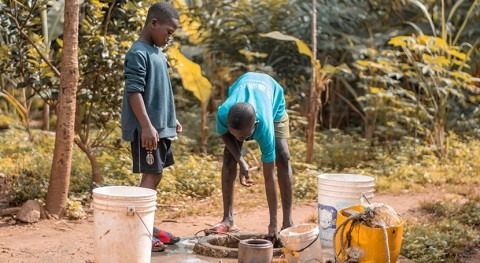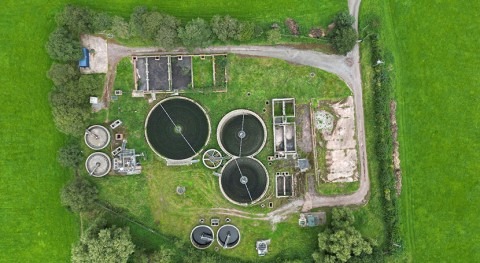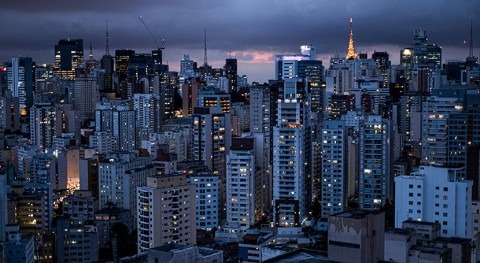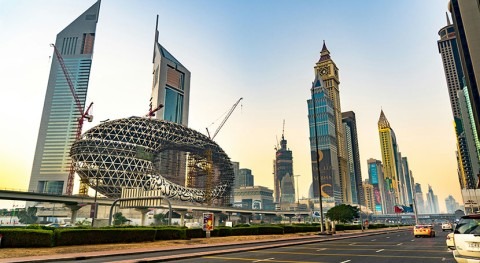A new report by the World Bank, titled "Funding a Water-Secure Future: A Global Assessment of Public Spending," quantifies how much money is spent on water in 130 countries, the majority of them developing countries. The analysis is a 360° overview of spending in the water sector in an attempt to understand the financing and funding gaps in relation to sector goals, and provide guidance on alternative ways to close those gaps.
The report calculates annual spending on water is approximately $164.6 billion annually (2017 prices), roughly 0.5% of their GDP, and encompassing four subsectors: water supply and sanitation (WSS), irrigation, water transport, and hydropower. About 91% of that annual spending in water comes from the public sector, including spending by government and by state-owned enterprises (SOEs), another 7% comes from official development assistance (ODA), and 1.7% comes from private sector spending.
More than half of the total amount is allocated to the water supply and sanitation subsector, an estimated $82.6 billion, or 0.26% of GDP. To meet SDG targets, developing countries need to nearly triple their current water supply and sanitation expenditures, increasing annual investments by between $131.4 and $140.8 billion. Another subsector, irrigation, also faces a spending gap: the analysis includes 41 countries in this case, and estimates a gap of $3.5 billion a year in a low-cost spending scenario that includes irrigation infrastructure only and reducing agricultural demand.
The analysis notes there is considerable heterogeneity across regions. Challenges are particularly severe in South Asia and Sub-Saharan Africa, where spending must increase by nine and 17 times, respectively. Low-income and fragile countries face even greater hurdles, requiring 30 to 40 times their current spending levels.
The report also identifies inefficiencies and unspent funds as critical issues. Annually, 28% of allocated water funds go unspent, and a typical water utility experiences efficiency losses averaging $21 million, equivalent to 16% of their operating costs. These inefficiencies result in substantial hidden costs, amounting to hundreds of billions globally.
Additionally, the report points out inequities in funding distribution, with urban and wealthier communities receiving disproportionate subsidies, especially in Sub-Saharan Africa. Addressing these disparities is essential for equitable water security.
To tackle these challenges, the World Bank recommends comprehensive reforms, including improving public investment management to increase budget execution rates, and reducing inefficiencies in water service operations, paving the way for a water-secure future.


